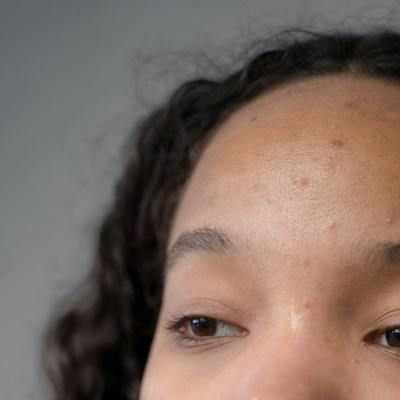Video
John Harris, MD, PhD: Advancing Vitiligo Care After Ruxolitinib Cream
Author(s):
After last year's historic approval, investigators want to learn more about their available drug regimens, as well as pediatric eligibility.
The vitiligo treatment landscape has never been better: last year, ruxolitinib cream (Opzelura) was approved by the US Food and Drug Administration (FDA) as the first indicated therapy for patients with the chronic pigmentation disease aged ≥12 years old. All the while, more treatments are under assessment, and more data regarding the historic drug is expanding still.
It’s certainly not a time to settle, though.
In the second segment of an interview with HCPLIve during the American Academy of Dermatology (AAD) 2023 Annual Meeting in New Orleans this weekend, John Harris, MD, PhD, director of the Vitiligo Clinic and Research Center and chair of dermatology at UMass Chan Medical School, discussed his field’s wish list for vitiligo drug research and development.
“There are plenty of kids under the age of 12 who are looking for this treatment too, and while we think it’s probably safe for them, until there’s a trial that shows that, it’s not going to be on label and payers aren’t going to pay,” Harris noted. “I think it’d be nice to see how this performs against the conventional therapies we use. I mentioned that they’re a little bit harder to use and how to explain them, but (Opzelura) is expensive—and so if we prescribe it, we want to know it’s better.”
As other options including orally-administered JAK inhibitors are developed, Harris said it’s critical to understand their comprehensive and long-term safety profiles because the systemic exposure will be greater for patients. He also expressed interest in learning more about the optimal duration for topical and oral regimens.
“We’re talking about that, trying to understand what that regimen looks like—can you take it for a year then not take it again, then start it again if disease relapses?” Harris asked. “How do we prevent relapse? Can we start with a JAK inhibitor then go to conventional therapy for maintenance?”
Indeed, investigators have only “scratched the surface” of even treatment efficacy with current treatment options; Harris likened it to psoriasis 20 years ago, when prescribers were reliant on methotrexate as standard-of-care and were not yet using agents that could provide ≥90% skin clearance as they are now.
“I think that the same will happen with vitiligo, as well as alopecia areata and atopic dermatitis….there’s still so much room to do better,” he said.
Harris additionally discussed matters in skin of color, stressing the priority of treating vitiligo patients’ psychological health dependent on their background and interests in care.
“If you’re very fair-skinned, that contrast (of pigmentation) is less and may not even be visible. If you’re dark skinned, the contrast is pretty significant,” he said. “I think when we counsel patients, we have to recognize these aspects and not make assumptions about our patients.”
Not only is it an issue of visible disease, but some patients face historic burdens of social stigma and cultural norms.
“Our goals now are to really break down barriers and promote acceptance and understanding…but something that’s been ingrained for thousands of years isn’t so easily overturned,” Harris said.





